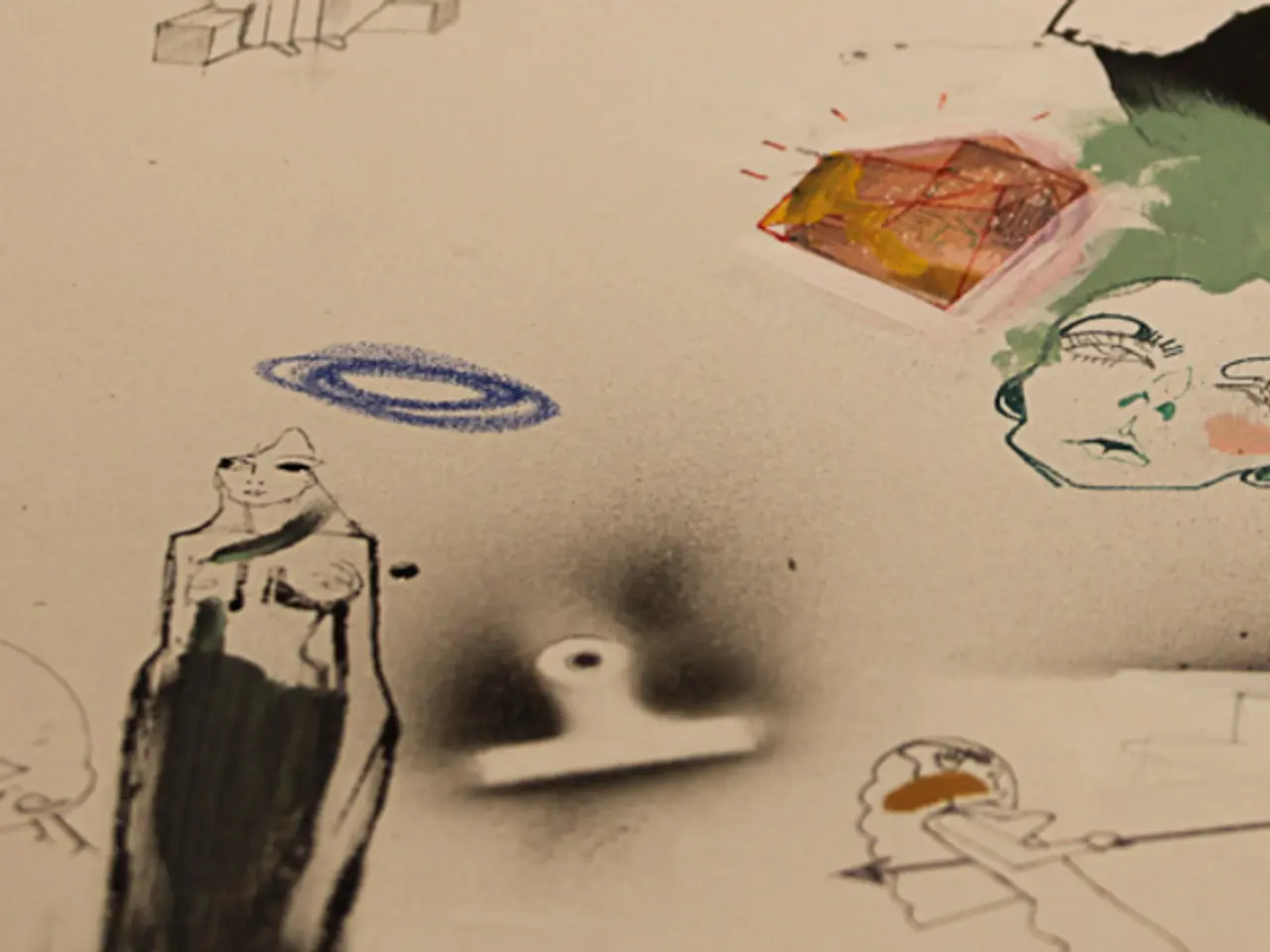AI integration streamlines VFX in Netflix productions - leaving me disheartened
In a move that signals a transformative phase for visual effects (VFX) in the entertainment industry, streaming giant Netflix has embraced the use of Artificial Intelligence (AI) in its productions. This decision, according to some analysts, could significantly impact the quality of visual storytelling and employment opportunities for VFX artists in the long term.
### Enhancing Visual Storytelling Quality
The adoption of AI is expected to revolutionise VFX, making it faster, more cost-effective, and accessible to a wider range of shows and films. For instance, the AI-generated building collapse scene in the Argentine show *El Eternauta* was completed ten times faster than traditional methods. This speed and cost gain could potentially enable high-quality effects even on smaller budgets or productions.
Moreover, AI could open up new creative possibilities by removing resource constraints, allowing creators more freedom to experiment and realise complex story elements involving visual effects. AI-powered tools are also beneficial in the early stages of production, supporting creators' vision and reducing traditional trial-and-error workflows.
### Shifting VFX Artist Employment Landscape
While AI is not expected to replace VFX artists, it is likely to change the nature of their work. AI tools are seen as "better tools" that real people use, suggesting that VFX artists will shift towards working alongside AI technologies to enhance their work rather than being fully supplanted.
However, the increased use of AI could lead to job displacement or reduced demand in certain areas of the VFX workforce. Because AI completes many VFX tasks faster and cheaper, some traditional roles or labor-intensive jobs could become less necessary, potentially leading to reduced hiring or layoffs.
To navigate these challenges, artists may need to adapt by learning AI-assisted production methods, shifting focus from manual effects creation to managing, directing, or creatively leveraging AI-generated content. Lower VFX costs may also increase opportunities in smaller or international markets, potentially creating new jobs or shifts in regional employment.
### A Balancing Act for the Industry
Netflix's co-chief executive, Ted Sarandos, has stated that this use of AI represents an "incredible opportunity to help creators make films and series better, not just cheaper". However, concerns have been raised about the potential for reduced demand in traditional VFX roles and the homogenisation of visual effects.
As AI becomes more integrated into production pipelines, there's a risk of visual monoculture, characterised by predictability and a lack of unique creativity. The quirks and idiosyncrasies that make individual VFX artists and studios distinctive could be smoothed away in favour of efficient, predictable mediocrity.
This analysis is based on Netflix's 2025 adoption of generative AI for visual effects in shows like *El Eternauta*, statements by CEO Ted Sarandos highlighting faster completion times and cost efficiencies, and reports about ongoing AI integration into production pipelines. An upcoming AI in Focus series will provide more information on the topic of AI in the entertainment industry.
In conclusion, the use of AI in Netflix productions represents a significant shift for the VFX industry, with the potential for improved visual storytelling quality through faster, more affordable effects enabling more ambitious storytelling. However, the VFX job landscape will evolve, with some routine tasks automated and new AI-related competencies required. While AI augments creative workflows, the potential for reduced demand in traditional VFX roles poses employment challenges that the industry must navigate.
- The integration of Artificial Intelligence (AI) in Netflix's productions is expected to lead to a revolution in visual effects (VFX), making it faster, more cost-effective, and accessible for a broader range of shows and films.
- AI-generated VFX could open up new creative possibilities, allowing creators to experiment with complex story elements and realize them without resource constraints.
- AI-powered tools are expected to support creators' vision in the early stages of production, reducing traditional trial-and-error workflows.
- Despite AI not being expected to replace VFX artists, the increased use of AI could change the nature of their work, with artists needing to adapt by learning AI-assisted production methods.
- The use of AI could potentially lead to job displacement or reduced demand in certain areas of the VFX workforce, as AI completes many VFX tasks faster and cheaper.
- The quirks and idiosyncrasies of individual VFX artists and studios could be smoothed away in favor of efficient, predictable mediocrity due to the risk of visual monoculture.
- The employment challenges posed by the integration of AI in the VFX industry will need to be navigated, with a potential increase in opportunities in smaller or international markets due to lower VFX costs.




